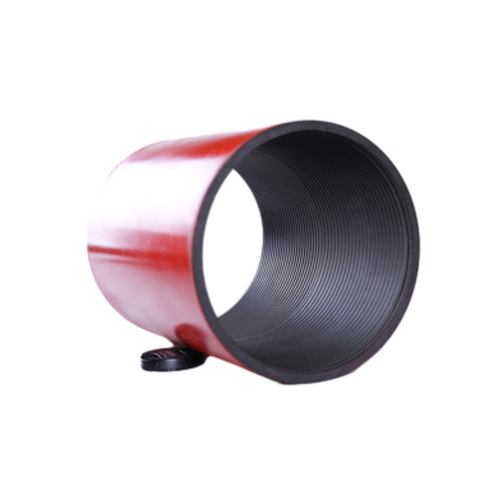- Afrikaans
- Albanian
- Amharic
- Arabic
- Armenian
- Azerbaijani
- Basque
- Belarusian
- Bengali
- Bosnian
- Bulgarian
- Catalan
- Cebuano
- Corsican
- Croatian
- Czech
- Danish
- Dutch
- English
- Esperanto
- Estonian
- Finnish
- French
- Frisian
- Galician
- Georgian
- German
- Greek
- Gujarati
- Haitian Creole
- hausa
- hawaiian
- Hebrew
- Hindi
- Miao
- Hungarian
- Icelandic
- igbo
- Indonesian
- irish
- Italian
- Japanese
- Javanese
- Kannada
- kazakh
- Khmer
- Rwandese
- Korean
- Kurdish
- Kyrgyz
- Lao
- Latin
- Latvian
- Lithuanian
- Luxembourgish
- Macedonian
- Malgashi
- Malay
- Malayalam
- Maltese
- Maori
- Marathi
- Mongolian
- Myanmar
- Nepali
- Norwegian
- Norwegian
- Occitan
- Pashto
- Persian
- Polish
- Portuguese
- Punjabi
- Romanian
- Russian
- Samoan
- Scottish Gaelic
- Serbian
- Sesotho
- Shona
- Sindhi
- Sinhala
- Slovak
- Slovenian
- Somali
- Spanish
- Sundanese
- Swahili
- Swedish
- Tagalog
- Tajik
- Tamil
- Tatar
- Telugu
- Thai
- Turkish
- Turkmen
- Ukrainian
- Urdu
- Uighur
- Uzbek
- Vietnamese
- Welsh
- Bantu
- Yiddish
- Yoruba
- Zulu
api tubing couplings
The Importance of API Tubing Couplings in Oil and Gas Industry
In the oil and gas industry, the efficiency and reliability of extraction processes are paramount. One critical component that plays a significant role in this sector is the API tubing coupling. These couplings are essential for connecting sections of tubing in oil wells, ensuring a seamless transfer of fluids from the reservoir to the surface while maintaining integrity under high pressures and extreme conditions.
API, or the American Petroleum Institute, sets the standard for tubing couplings used in oil and gas operations. Their specifications ensure that these couplings meet the rigorous requirements of industry demands, providing a balance between strength, durability, and performance. The API 5CT specification is particularly relevant, as it outlines the requirements for casing and tubing used in drilling operations, including couplings.
Types of API Tubing Couplings
API tubing couplings come in various types, each designed for specific applications. The most common types are the threaded couplings, which feature precise threads for secure connection, and the casing couplings, used to connect larger diameter pipes. The threading ensures a tight seal, which is crucial for preventing leaks of the petroleum fluids, thereby safeguarding the environment and ensuring the efficiency of the extraction process.
Moreover, API tubing couplings are available in different grades, such as H40, J55, K55, N80, and P110, among others. These grades indicate the yield strength and other mechanical properties, which are crucial for different drilling conditions. Selecting the appropriate grade of coupling is essential, as it impacts not only the performance of the tubing system but also the safety of the entire drilling operation.
api tubing couplings

Advantages of High-Quality API Tubing Couplings
One of the significant advantages of using high-quality API tubing couplings is enhanced reliability. In an industry where equipment failure can lead to catastrophic consequences, using certified API couplings mitigates risks associated with leaks and ruptures. These couplings are tested rigorously, ensuring they can withstand the extreme conditions often encountered in deep drilling operations.
Additionally, API couplings are designed with installation efficiency in mind. Their standardized dimensions allow for quick and straightforward installation, reducing downtime during drilling operations. This efficiency translates to cost savings and improved productivity, making API tubing couplings not only a smart choice but also a financially sound one for oil and gas companies.
Conclusion
In summary, API tubing couplings are a cornerstone of the oil and gas industry, providing the necessary connection points that facilitate the movement of hydrocarbons from the well to the surface. Their adherence to strict API standards ensures high performance and reliability, crucial factors in an industry that operates under challenging conditions. The variety in types and grades allows for tailored solutions to meet specific drilling needs, further cementing their importance in modern extraction processes. As technology evolves and exploration reaches deeper reservoirs, the role of API tubing couplings will continue to be a vital focus for ensuring operational efficiency and safety in the oil and gas sector.
-
Tubing Pup Joints: Essential Components for Oil and Gas OperationsNewsJul.10,2025
-
Pup Joints: Essential Components for Reliable Drilling OperationsNewsJul.10,2025
-
Pipe Couplings: Connecting Your World EfficientlyNewsJul.10,2025
-
Mastering Oilfield Operations with Quality Tubing and CasingNewsJul.10,2025
-
High-Quality Casing Couplings for Every NeedNewsJul.10,2025
-
Boost Your Drilling Efficiency with Premium Crossover Tools & Seating NipplesNewsJul.10,2025







